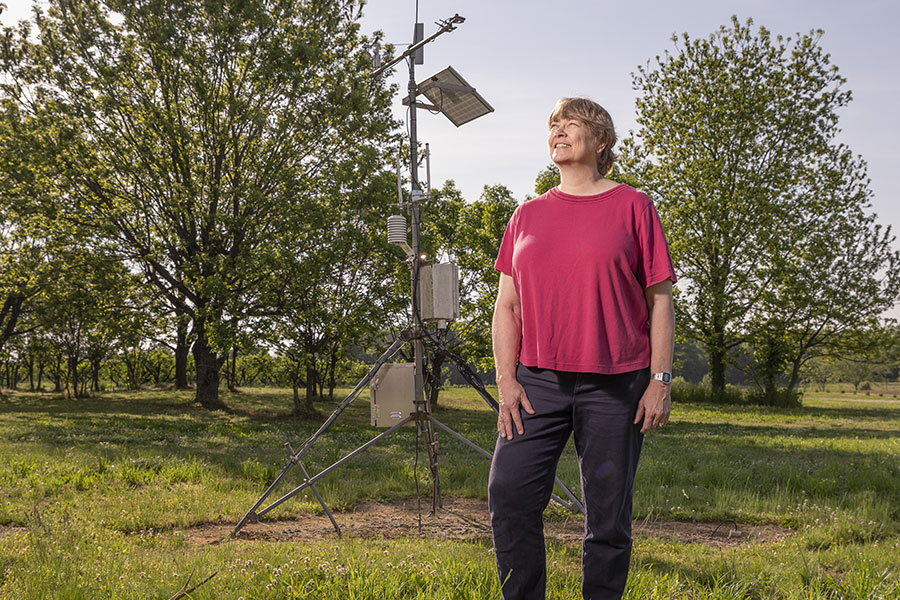This fall has been amazing for those of us who have been growing the Bouquet series of dianthus. The flower power of this dianthus is really unmatched in the gardening world, and I admit that there was a little anxiety with the recent winter storm called “Benji.” ‘Bouquet Purple’ was a Minnesota Select Perennial Plant of the Year, so we know it has great cold hardiness.
You see, our Bouquet dianthus was in full glorious bloom, which is one of the reasons we plant them in the fall as pansy pals. This bloom, however, was beyond our wildest expectations. As the snows came, the sleet fell and the temperatures plunged to the mid-20s (Fahrenheit), Bouquet dianthus didn’t even seem to lose a flower. It performed like the champion it is.
Many of us find ourselves in the midst of our cool season garden landscape. If you procrastinated because of the busy fall season, you may be looking for some flowers that will carry you into summer. The Bouquet series offers color, fragrance and a bounty of cuts for the vase.
You have to admit that there is something special about cutting from your own garden and sharing. It might be as simple as giving a bouquet of cut flowers from the garden to your neighbors or a Sunday school member that needs a little blessing. For cut flowers, it is recommended that stems be cut when three flowers are fully open.
If you are looking for a pansy companion, cut flower or even a perennial performance, then the Bouquet dianthus series is my first choice of dianthus. For years it was a series of one, ‘Bouquet Purple.’ This was like an electrifying shot of energy to the pansy pal market. Forget the color purple, it is really a shocking, iridescent hot pink that will dazzle in any landscape.
Next in the series came ‘Bouquet Rose Magic’ followed by ‘Bouquet Rose,’ all equally good performers. The blooms of ‘Bouquet Rose Magic’ open white and mature to light pink, then a deep rose color. Most flower stalks contain all of these colors at once.
The Bouquet series of dianthus is vigorous, reaching 18 to 24 inches in height and born to bloom. Although I am touting them as a pansy partner, they will bloom for much of the summer in the hot, humid South before going into a rest, ready to start again in the fall.
The Bouquet series grows best in well-worked beds that are loose, rich in organic matter and well-drained. When preparing a bed, incorporate two pounds of a slow-release fertilizer with minor nutrients per 100 square feet of bed space. They will need plenty of sun to really bloom to their potential.
For the prettiest display, set the dianthus out in drifts of three to four plants per square foot. The colors allow them to combine nicely with blue and purple pansies, pink petunias and dusty miller, and by all means, consider interplanting with spring daffodils.
One last attribute that you will be delighted about is their ability to bring in butterflies. Most gardeners don’t think about the dianthus as being part of a pollinator project. Here in Savannah, Georgia, as our blooms opened up, we found gulf fritillaries, zebra heliconians, various swallowtails and sulphurs, all participating in what seem to be a feast of the nectar du jour.
Follow me on Facebook under “Norman Winter ‘The Garden Guy.’” Learn more about the University of Georgia Coastal Georgia Botanical Gardens at www.coastalgeorgiabg.org/.





